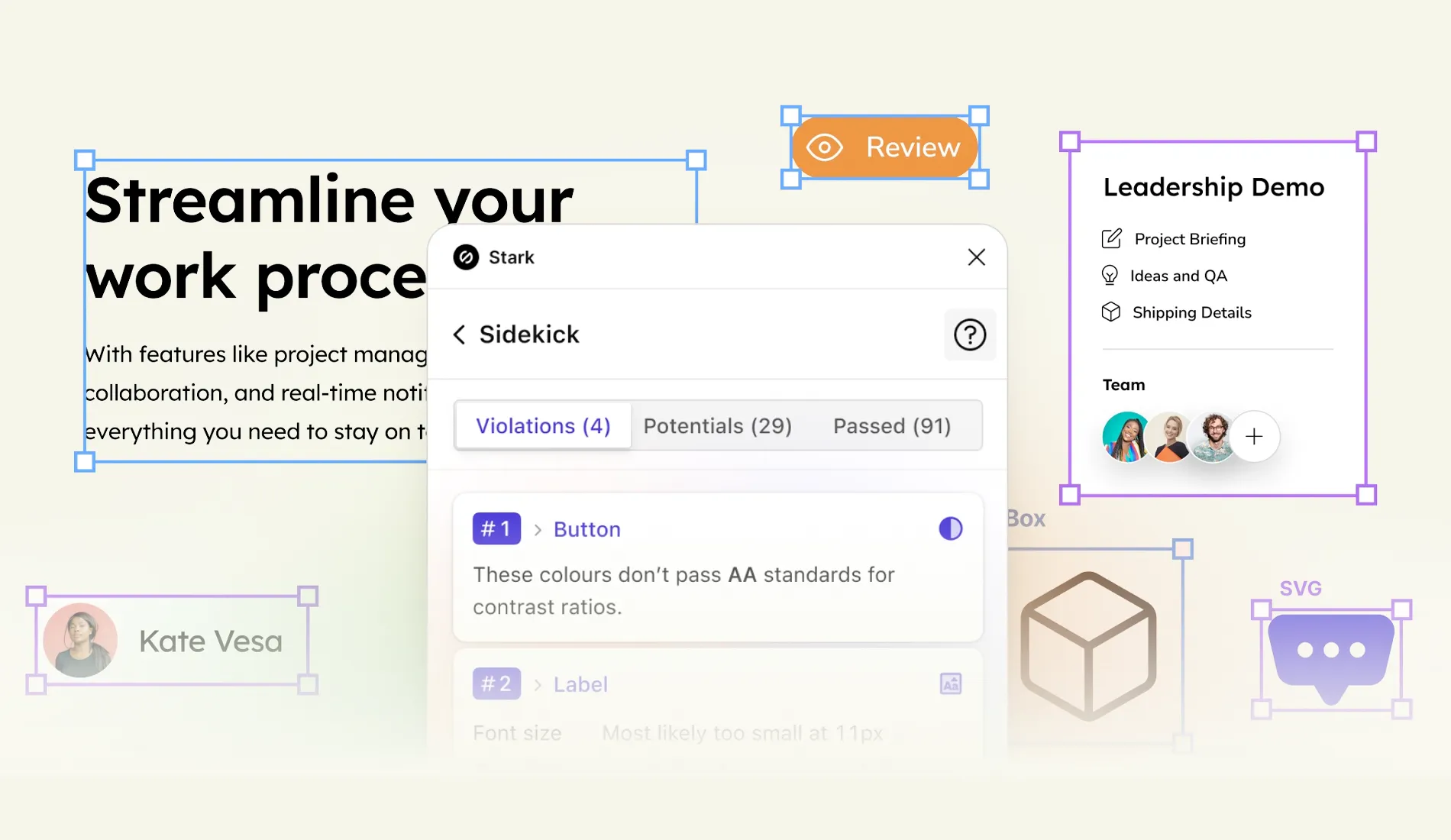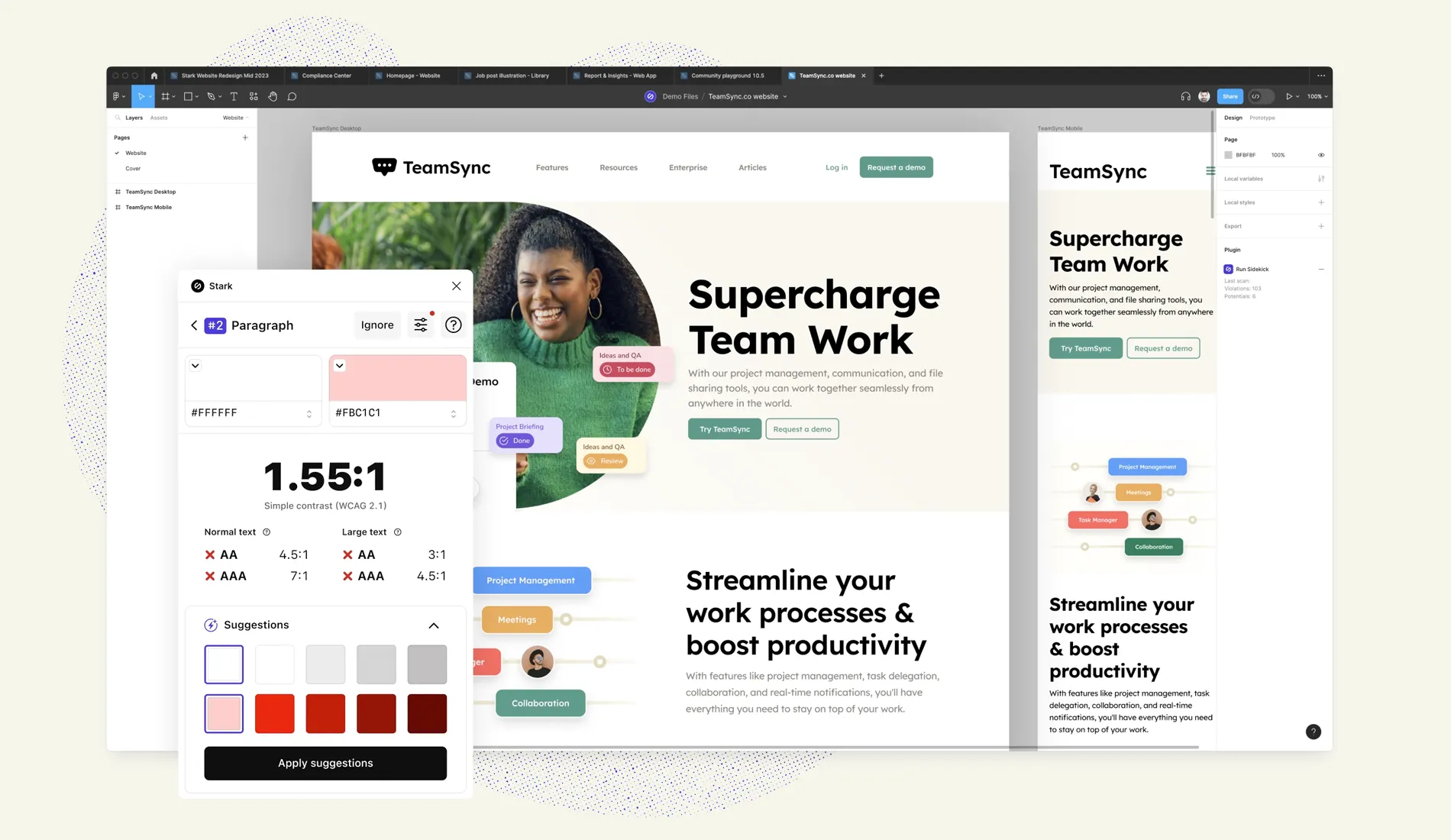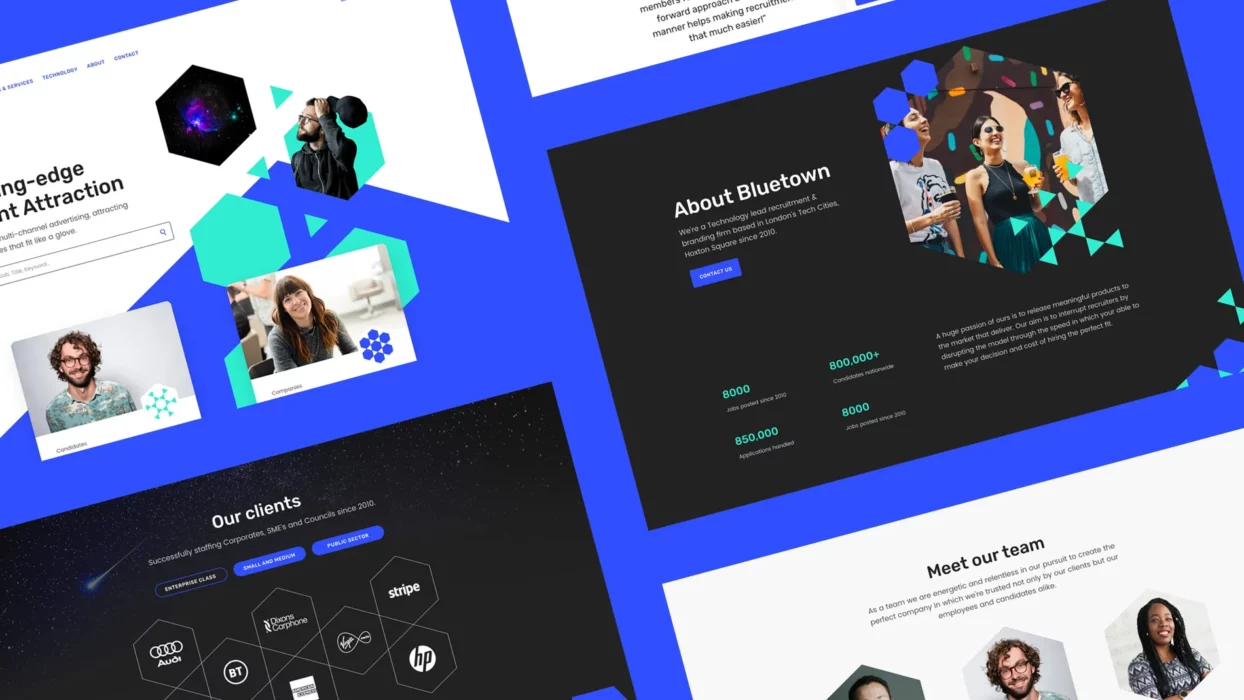Creating a website that everyone can access and enjoy isn’t just good practice – it’s essential. At Fhoke, we’ve been designing and developing WordPress websites since 2008, so we know that accessibility isn’t a tick-box exercise. It’s about thoughtful design, smart development, and a deep understanding of how people use the web.
From large-scale education projects such as Energising Futures or Bryanston School to bold, design-led builds like Presgo, accessibility has been part of those sites’ DNA. While not every project needs to meet strict WCAG compliance (this is the client’s choice), when we are asked, we always aim to design inclusively so that users can enjoy a great experience.
This Article Will Cover:
Understanding WCAG Accessibility and Why It Matters
The Web Content Accessibility Guidelines (WCAG) provide a global standard for making web content more accessible to people with disabilities. They focus on four key principles:
- Perceivable: Information and user interface components must be presentable to users in ways they can perceive.
- Operable: Interface elements and navigation must be functional via different input methods, such as keyboard or assistive devices.
- Understandable: Information and the operation of the interface must be clear and predictable.
- Robust: Content must be compatible with a wide range of technologies and assistive tools.
Following these principles ensures that a website can be accessed and used by the widest possible audience, including those with visual, hearing, motor, or cognitive impairments. It’s worth investing in a WordPress agency like ours to get it right.

Our Approach to Accessibility
At Fhoke, every WordPress project begins with a deep dive into user experience and accessibility best practices. Our design and development teams collaborate from day one to ensure that accessibility isn’t added as an afterthought but baked into the design process from the start.
When we design, build and test a website, we run the site through various accessibility checkers such as WAVE, Color, and W3 to review it against the WCAG 2.1 checklist. This helps every site we deliver meet or exceed accessibility standards.
During the design phase, we also consider the WCAG 2.1 design principles – perceivable, operable, understandable, and robust – using an Adobe XD plugin called Stark. Stark helps us check colour contrast, typography legibility, and screen reader compatibility directly within our design files, allowing us to make accessibility part of the creative workflow rather than a technical afterthought.
Testing, Reviewing and Refining
Accessibility doesn’t stop at launch. Before going live, we test websites across multiple browsers and devices, including screen readers, to make sure every interaction works as intended. We’ll flag any content issues, missing alt text, or structural inconsistencies that could impact usability. And yes, sometimes it comes down to the client to stay on top of things.
It’s important to note that as a site owner, you’ll need to maintain accessibility over time. This means adding descriptive alt tags to your images and ensuring your future content continues to follow WCAG guidelines. Fortunately, WordPress makes this simple – there’s a dedicated field for alt text every time you upload a new image, making accessibility part of your publishing routine.
Accessibility and Design: Finding the Balance
A common misconception is that accessibility limits creativity. In reality, it enhances it. At Fhoke, we believe great design is both beautiful and functional. By leading with creativity and pairing it with technical expertise, we build bespoke WordPress sites that are not only stunning but also intuitive for every user.
Our work with brands like Presgo and Bryanston School shows that accessibility and aesthetics can go hand in hand. Whether we’re building a fast-paced eCommerce site or a content-rich education portal, our aim is to create digital experiences that inspire, inform, and include.
If you’re curious about how we approach design more broadly, check out our post on Beautiful Websites that Convert or see why so many brands Choose WordPress as their platform of choice.
Accessibility in UK Law
For UK websites, accessibility isn’t just about good design – it’s a legal requirement. The Equality Act 2010 requires organisations to make “reasonable adjustments” so their websites are accessible to users with disabilities. For public sector sites, the rules go further, mandating compliance with WCAG 2.1 standards and a clear accessibility statement outlining the site’s level of compliance.
By aligning your website with these principles, you’re not only staying compliant with legislation but also improving your SEO, reach, and overall user satisfaction.

Continuous Improvement
Accessibility is never finished. As design trends evolve and technology advances, regular testing ensures your website remains compliant and user-friendly. Tools like WAVE, Axe, and Lighthouse can help monitor ongoing performance, but nothing replaces a hands-on review.
At Fhoke, we provide ongoing WordPress support retainers to help clients maintain and improve their websites long after launch. This includes performance checks, accessibility audits, and content reviews to make sure your site keeps performing at its best.
If you’re considering a refresh or need expert guidance, you might find our guide on How to Choose Between Ready-Made WordPress Plugins and Custom Theme Development useful.
If you’d like to make your next WordPress project accessible and impactful, get in touch



